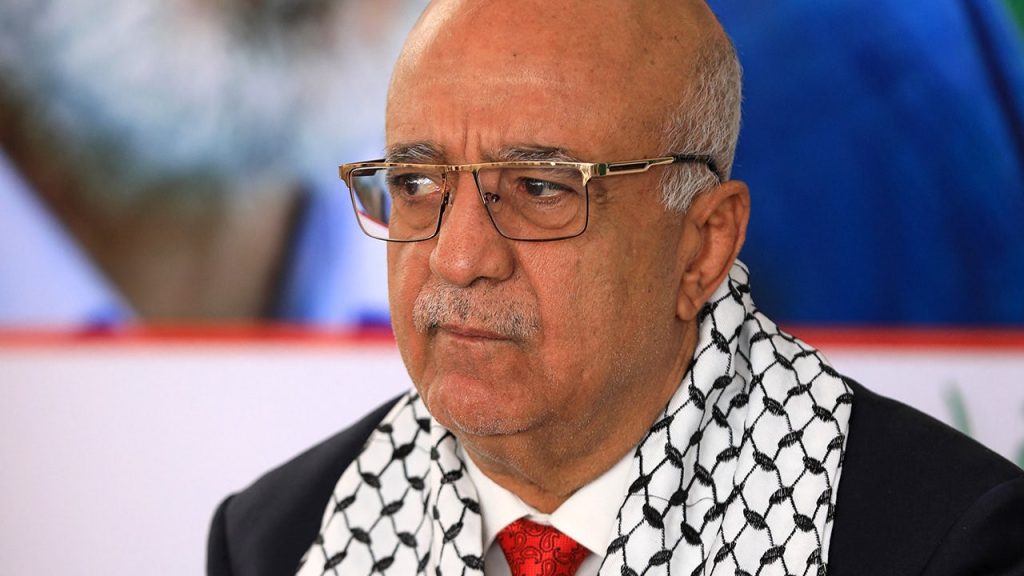Israel Strikes Yemen, Eliminates Houthi Prime Minister and Senior Officials
In a significant development in the ongoing regional conflict, the Israel Defense Forces (IDF) announced on Saturday that they had killed the Houthi Prime Minister, Ahmed Al-Rahawi, along with several other senior officials in a precision strike in Yemen. This operation marks a major escalation in Israel’s campaign against the Iran-backed Houthi movement, which has been launching attacks against Israeli targets since shortly after the October 7 Hamas attack on Israel. The IDF justified the strike by stating they had targeted Houthi leadership responsible “for the use of force, the military buildup of the Houthi terror regime, and the advancement of terror actions against Israel.” They further emphasized their commitment to continue targeting threats against Israeli civilians. This operation demonstrates Israel’s expanding military reach in the region and its determination to confront adversaries beyond its immediate borders.
The strike that eliminated Al-Rahawi was executed by the Israeli Air Force on Thursday, following a remarkably rapid intelligence-gathering and operational planning cycle that reportedly took just hours to complete. Israeli Defense Minister Israel Katz delivered a stern warning following the attack, stating: “As we warned the Houthis in Yemen: ‘After the plague of darkness comes the plague of the death.’ Whoever raises a hand against Israel, their hand will be cut off.” This biblical reference underscores the gravity with which Israel views the Houthi threat and signals its resolve to respond forcefully to attacks. The Houthi leadership has confirmed Al-Rahawi’s death, acknowledging the significant blow to their organization at a time when they have been increasingly active in regional conflicts.
This operation represents the second Israeli strike against targets in Yemen within a week, indicating an intensification of Israel’s military campaign against the Houthis. The previous Sunday, Israeli forces had struck Yemen’s capital in response to missile attacks by the Houthis, resulting in six deaths and 86 injuries according to Houthi Health Ministry reports cited by Reuters. The IDF has explicitly accused the Houthis of operating under Iran’s direction to harm Israel and its allies, and blamed them for “undermining regional stability and disrupting global freedom of navigation.” This characterization places the conflict with the Houthis within Israel’s broader strategic concerns about Iranian influence and proxy forces throughout the Middle East, suggesting that these strikes are part of a larger campaign to counter what Israel perceives as an existential threat network.
Thursday’s strikes occurred during a speech by Houthi leader Abdul-Malik Badreddin al-Houthi, though Israeli media outlet YNet reported that the speech continued without interruption despite the attack. The timing of the strike during this high-profile address may have been intended to demonstrate Israel’s intelligence capabilities and operational reach. The IDF also reported intercepting two drones from Yemen around the time of the strike, highlighting the ongoing threat posed by Houthi long-range attack capabilities. This exchange illustrates the increasingly complex and multidimensional nature of the conflict, with both sides employing sophisticated military technologies in their confrontation.
The conflict between Israel and the Houthis has escalated considerably over the past two years, with the Houthi movement emerging as an active participant in the wider regional tensions following Hamas’ October 7 attack on Israel. Within days of that attack, the Houthis threatened to strike Israel, and within weeks they had launched missiles and drones that were intercepted by U.S. forces aboard the USS Carney. This timeline demonstrates how quickly regional actors aligned themselves in the aftermath of October 7, with the Houthis explicitly positioning their actions as support for Hamas and the Palestinian cause. Their continued attacks represent another front in the widening regional conflict that has followed the Gaza war.
The elimination of the Houthi Prime Minister represents a significant development in this increasingly complex regional conflict. By striking deep into Yemen and targeting senior leadership, Israel has demonstrated both its intelligence capabilities and its willingness to conduct operations far beyond its borders to address what it perceives as threats to its security. The Houthis, for their part, have shown their determination to engage Israel despite the geographical distance separating them, leveraging their missile and drone capabilities to project power across the region. As both sides continue to exchange blows, concerns grow about further escalation and the potential for a wider regional conflagration involving multiple actors. The strike against Al-Rahawi may mark a new phase in this conflict, with potentially significant implications for regional stability and the complex web of alliances and adversaries that defines Middle Eastern geopolitics today.


